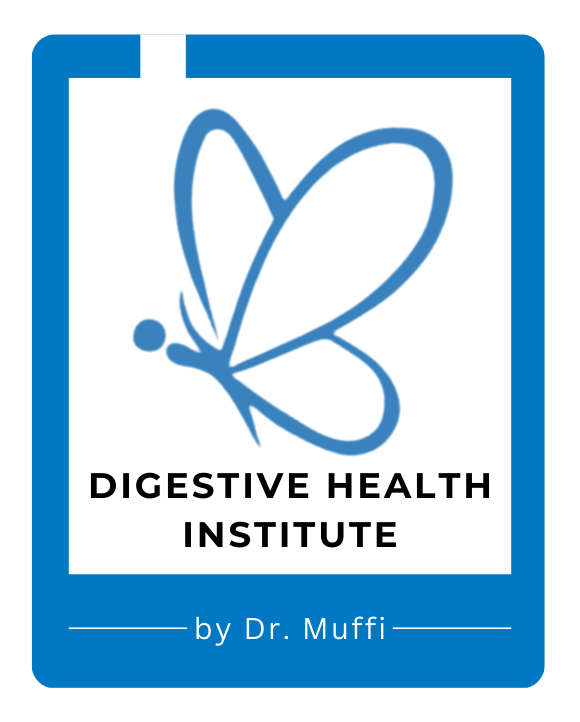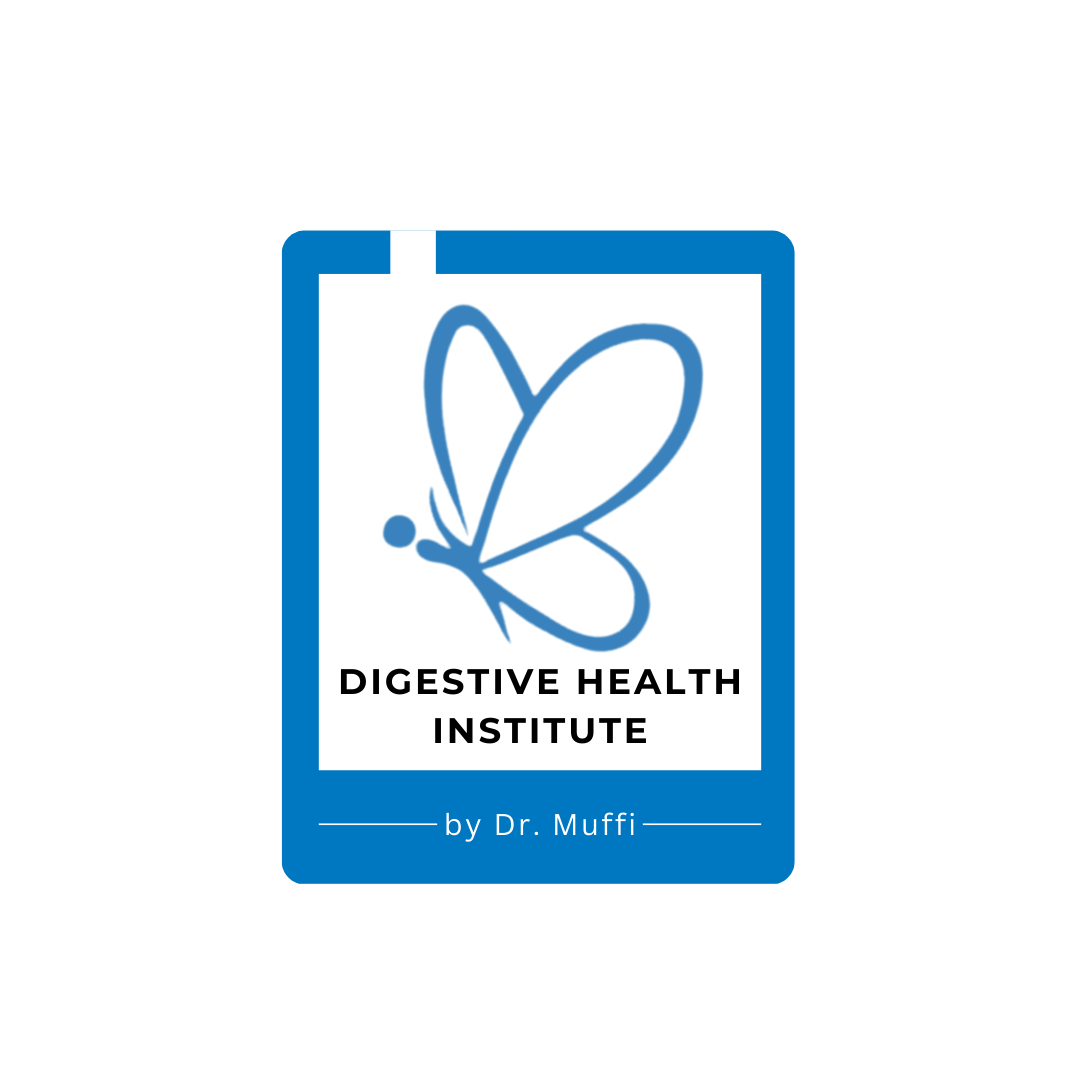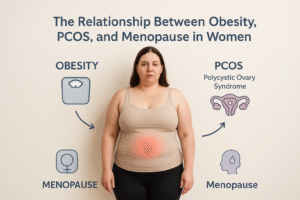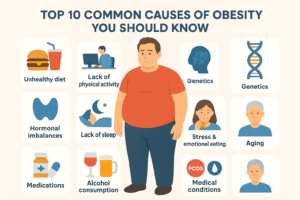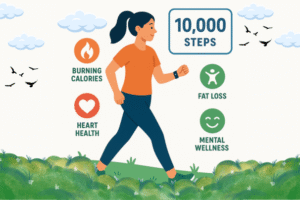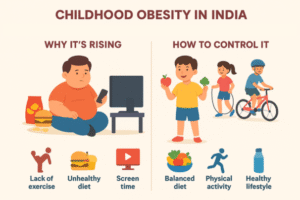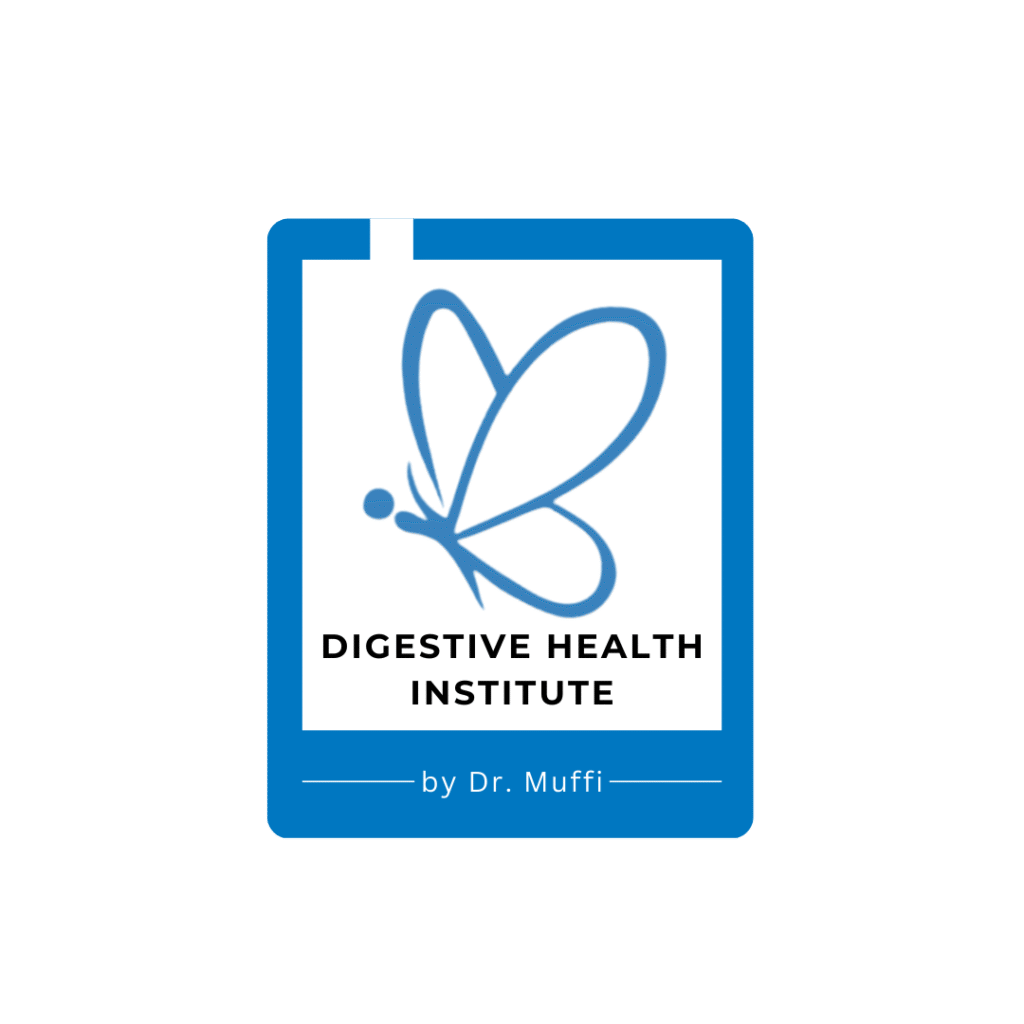Childhood Obesity and MASH: Risks, Causes & Prevention

Childhood obesity has emerged as one of the most pressing global health challenges of the 21st century. It not only affects physical appearance but also brings with it a host of medical complications — some of which begin as early as adolescence. Among the most alarming consequences is the development of MASH (Metabolic Syndrome in Adolescents and Schoolchildren), a paediatric form of metabolic syndrome. This cluster of risk factors — including abdominal obesity, high blood pressure, insulin resistance, abnormal cholesterol levels, and elevated blood glucose — can predispose children to type 2 diabetes, cardiovascular disease, and other chronic conditions as they grow older.
According to the World Health Organization (WHO), over 39 million children under the age of 5 were overweight or obese in 2022. In India, studies estimate that 14.4 million children are obese, making it the country with the second-highest number of obese children globally. The increasing prevalence of childhood obesity has elevated the risk of early-onset metabolic disorders, shifting the burden of adult diseases to paediatric populations.
What is Childhood Obesity?
Childhood obesity is a medical condition in which a child has excessive body fat, which can negatively affect their health. It is determined by a child’s body mass index (BMI), a measure of body fat based on height and weight. When a child’s BMI is above the 95th percentile for their age and sex, they are considered obese.
Causes of Childhood Obesity:
Childhood obesity is influenced by a combination of genetic, behavioural, and environmental factors, such as:
- Unhealthy Diet: Diets high in calories, sugars, fats, and processed foods contribute significantly to obesity. Consuming sugary drinks, fast food, and snacks that are high in fat can lead to weight gain.
- Lack of Physical Activity: A sedentary lifestyle, with little or no physical activity, is a significant contributor. Many children spend extended hours on screens (TV, computers, smartphones), which decreases time spent being active.
- Genetics: Genetics can play a role in obesity, as children with obese parents are more likely to become obese themselves. However, genetic factors alone do not cause obesity; environmental factors are typically at play as well.
- Environmental Factors: Living in an environment with limited access to healthy foods or safe places to play can contribute to obesity. Socioeconomic factors also affect access to nutritious food and opportunities for physical activity.
- Psychosocial Factors: Emotional and behavioural issues, such as stress, depression, or boredom, can lead to overeating or unhealthy eating habits as a form of coping.
Understanding MASH: Metabolic Syndrome in Adolescents and Schoolchildren
MASH stands for Metabolic Syndrome in Adolescents and Schoolchildren. MASH is a paediatric form of metabolic syndrome, referring to a combination of conditions that occur together, increasing the risk of heart disease, stroke, and diabetes.
-The core components of MASH include:
- Abdominal Obesity: Excess fat around the abdomen is a major risk factor for developing metabolic syndrome. This is typically measured by waist circumference or waist-to-hip ratio.
- Insulin Resistance: When the body’s cells don’t respond properly to insulin, leading to elevated blood sugar levels. Insulin resistance is a precursor to type 2 diabetes.
- High Blood Pressure: Increased blood pressure, also known as hypertension, is another key component. It puts extra strain on the heart and can lead to cardiovascular problems over time.
- Dyslipidemia (Abnormal Cholesterol Levels): This includes high levels of LDL (bad cholesterol), low levels of HDL (good cholesterol), and high triglycerides, which increase the risk of heart disease.
- Elevated Blood Glucose Levels: This is a condition where the blood sugar levels are higher than normal, a precursor to type 2 diabetes.
The Link Between Childhood Obesity and MASH:
-Why Childhood Obesity Leads to MASH
Improved health and confidence can lead to positive changes in career and social circles. Individuals may feel more assertive in meetings, more outgoing at events, and more motivated to chase personal or professional goals. This newfound visibility and participation can open doors to networking, or new friendships.
- Increased Insulin Resistance
- What it is: Insulin is a hormone that allows cells to absorb glucose (sugar) from the bloodstream to use as energy. When a child has too much body fat — particularly visceral fat (fat around internal organs) — their cells become less responsive to insulin, a condition called insulin resistance.
- How obesity affects it: Fat cells, especially those in the abdomen, release inflammatory signals and fatty acids that interfere with insulin’s action. The pancreas tries to compensate by producing more insulin, but over time, this can lead to elevated blood sugar and eventually type 2 diabetes.
- Why it’s dangerous: Insulin resistance is the cornerstone of metabolic syndrome. It not only increases blood sugar levels but also triggers a cascade of problems affecting blood pressure and lipid metabolism.
- High Blood Pressure (Hypertension)
- What it is: Blood pressure is the force exerted by blood on the walls of arteries. When it’s consistently high, it damages blood vessels and strains the heart.
- How obesity contributes: Extra body weight increases the amount of blood circulating in the body, which adds pressure to the arterial walls. Additionally, the kidneys, which help regulate blood pressure, are less efficient in obese children.
- Why it matters: High blood pressure in children often goes undiagnosed because it doesn’t always cause symptoms. Yet, it can quietly damage arteries and organs, setting the stage for early-onset heart disease.
- Abnormal Cholesterol Levels (Dyslipidemia)
- What it is: Cholesterol levels include:
- LDL (low-density lipoprotein) – “bad” cholesterol that builds up in arteries.
- HDL (high-density lipoprotein) – “good” cholesterol that removes excess cholesterol from the blood.
- Triglycerides – a type of fat that increases heart disease risk.
- How obesity affects it: Excess weight often leads to high LDL, low HDL, and high triglyceride levels. Fatty tissue alters how the body processes lipids, and insulin resistance further disrupts cholesterol balance.
- Why it’s a red flag: Abnormal cholesterol levels, even in young people, significantly raise the risk of atherosclerosis (narrowing of arteries), which is a key driver of heart attacks and strokes later in life.
- Increased Abdominal Fat (Central Obesity)
- What it is: This refers to fat accumulation around the belly, which is more dangerous than fat in other areas like the hips or thighs.
- Why it’s different: Abdominal (or visceral) fat is metabolically active — it releases inflammatory substances and hormones (like leptin, resistin, and adiponectin) that disrupt metabolism, appetite regulation, and insulin sensitivity.
- How it’s measured: Waist circumference is often used as a quick indicator of central obesity in children and adolescents. A larger waistline correlates strongly with other MASH risk factors.
- Why it matters: Central obesity is not just a symptom of MASH — it’s also a driver of metabolic dysfunction. It’s the most predictive single factor for the syndrome and is closely linked to both liver fat accumulation and early cardiovascular issues.
The Psychological Impact of Childhood Obesity and MASH
The implications of childhood obesity are not merely physical. Obese children may suffer from:
- Low self-esteem and body dissatisfaction
- Anxiety and depression
- Social stigma or bullying
- Eating disorders, such as binge eating or emotional eating
These mental health challenges can further exacerbate unhealthy behaviors, creating a vicious cycle of poor physical and emotional health.
Long-Term Consequences if Left Unmanaged
If childhood obesity and MASH are not addressed early, the consequences in adulthood can be severe:
- Type 2 diabetes by teenage years
- Non-alcoholic fatty liver disease (NAFLD)
- Atherosclerosis and early-onset heart disease
- Reproductive health issues like PCOS
- Shorter life expectancy and reduced quality of life
Diagnosis and Clinical Management of MASH
Diagnosis typically involves:
- Waist circumference measurement
- Blood pressure monitoring
- Blood tests for fasting glucose, triglycerides, HDL, LDL
Management strategies include:
- Lifestyle modifications: healthy eating, increased physical activity, behaviour therapy
- Family involvement: counselling and home environment adjustments
- Medical intervention: for cases that don’t respond to lifestyle changes, under paediatric guidance
Conclusion
Childhood obesity is not merely a cosmetic issue — it is a serious, complex condition with profound physical, emotional, and metabolic consequences. Its strong link to MASH (Metabolic Syndrome in Adolescents and Schoolchildren) highlights the urgent need for early recognition, prevention, and intervention. Left unaddressed, these conditions can set children on a lifelong path of chronic illness, reduced quality of life, and increased healthcare burden. However, the good news is that both childhood obesity and MASH are largely preventable. By promoting healthy habits at home, implementing school-based interventions, ensuring access to nutritious food and physical activity, and raising awareness through policy and education, we can empower families and communities to reverse this trend. The future health of our children depends on the actions we take today — and with the right support and commitment, a healthier generation is within reach.
Digestive Health Institute by Dr. Muffi is playing a pivotal role in addressing these issues holistically. Through advanced diagnostics, personalized nutrition plans, gut health optimization, and family-cantered care, DHI empowers children and their families to break the cycle of poor health. Their integrated approach supports not just weight loss, but long-term metabolic well-being.
The solution lies in awareness, access, and action — and with support from leading healthcare organizations like DHI, we can pave the way for a healthier, happier generation.
